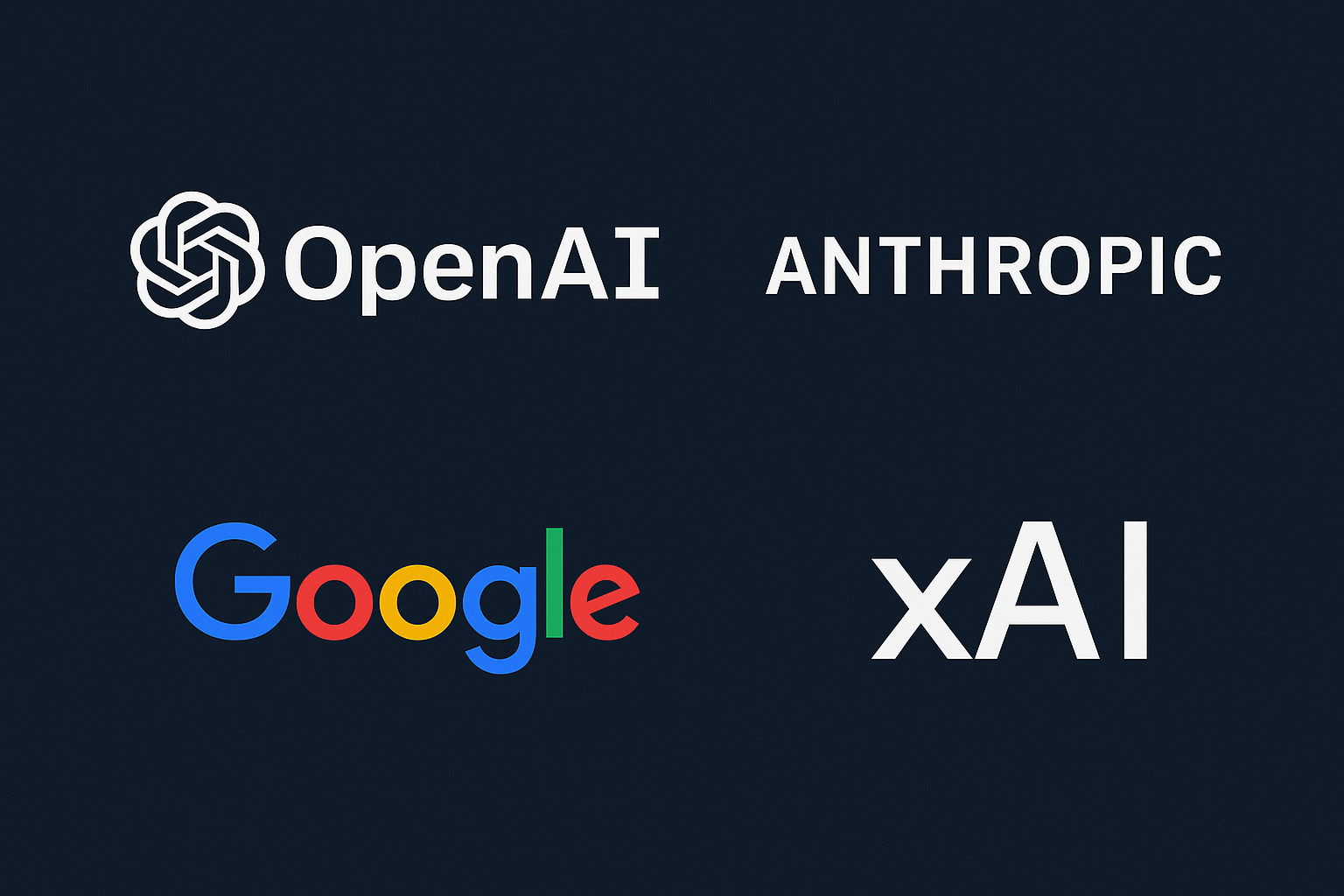From GPT-5 takedowns to AI-generated ads, Musk is rewriting the AI playbook—and forcing rivals to play catch-up.

- Elon Musk declared that Grok 4 Heavy was “smarter 2 weeks ago than GPT 5 is now,” claiming that the current model from xAI already performs better than the most recent version from OpenAI.
- In order to enhance the competition’s narrative, he also made hints that Grok 5 would be “crushingly good” and would arrive “before the end of this year.”
Impact on rivals:
These messages aim to undermine OpenAI’s launch, stoke rivalries with Microsoft, and reframe xAI as a faster-moving, performance-leading player.
2. Monetization & Ad Strategy
- Musk announced plans to integrate advertisements into Grok’s responses, allowing ads to appear as suggestions when users ask questions—framed as necessary to offset the costs of “expensive GPUs” powering xAI’s models.
- He stressed simplicity for advertisers: as long as the content satisfies a minimal aesthetic requirement and isn’t “an eyesore,” they can upload it with little effort.
Impact on other AI firms:
This is a novel fusion of AI and ad tech—other AI players might need to consider similar ad-driven models or risk falling behind in monetization innovation.
3. Product Features & Expansion
- Next week, Grok 2 will be made publicly available, highlighting Musk’s support for openness and encouraging broader community development.
- The launch of xAI’s Grok Imagine, an AI-powered tool that creates brief, six-second videos (similar to an “AI-Vine”), brought Vine’s concept back to life with AI-generated clips.
- This feature lowers barriers for creative content and is free in the United States.
Impact on competitors:
Open-sourcing a model may inspire more collaborative development—a strategic nod that contrasts with increasingly closed ecosystems like OpenAI. Grok Imagine also punches into TikTok/Instagram territory, elevating expectations for AI-generated media formats.
4. Ethical, Quality & Brand Safety Messaging
- Musk pledged to overhaul Grok—through updates with Grok 3.5 or Grok 4—to rewrite its knowledge base with fewer biases and remove “garbage” from the model after controversial outputs (such as antisemitic content).
Impact on other AI players:
These developments put more pressure on well-known companies like OpenAI to strengthen transparency and content protections or risk coming across as less accountable or responsive.
Marketing Strategy & Broader Implications
| Strategy Element | Description |
|---|---|
| Provocative Positioning | Publicly dismissing GPT‑5 while hyping Grok 5 creates buzz and positions xAI as bold and rapid-moving. |
| Ad‑Driven Monetization | Integrating ads into AI responses—uncommon in the space—signals a new revenue model blending content and commerce. |
| Open‑Source & Creative Expansion | Both releasing GrokImagine (an AI media tool) and n-sourcing Grok2 reduce barriers to entry for users, encourage creativity, and foster developer goodwill. |
| Crisis Response via Rewrite | Reworking the model in the wake of disputes contributes to the narrative of ongoing accountability and improvement. |
For the big AI companies, such as OpenAI, Google, and Anthropic, this entails responding not only with improved models but also with marketing tactics that prioritise transparency, innovation, brand security, and revenue generation. Musk may compel peers to reconsider their public positioning, monetization strategies, and level of transparency with users and developers as a result of his aggressive and multifaceted approach.
Disclaimer:
All information in this article is based on publicly available sources and verified tweets from Elon Musk’s official X (formerly Twitter) account as of August 2025. Opinions, forecasts, and claims by Elon Musk or xAI are reported as stated and do not represent independent verification by this publication. The AI-generated images used in this article are fictional representations created for illustrative purposes only and do not depict real events or endorsements. This content is intended for informational and editorial use.